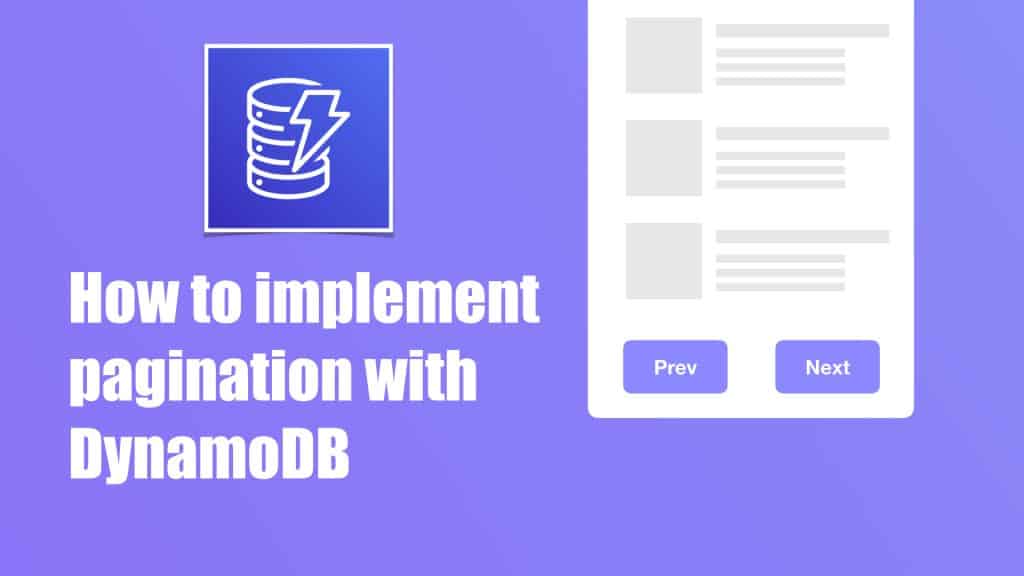Using CloudWatch and Lambda to implement ad-hoc scheduling
A while back I wrote about using DynamoDB TTL to implement ad-hoc scheduling. It generated some healthy debate and a few of you have mentioned alternatives including using Step Functions. So let’s take a look at some of these alternatives, starting with the simplest – using a cron job. We will assess this approach using the …
Using CloudWatch and Lambda to implement ad-hoc scheduling Read More »
